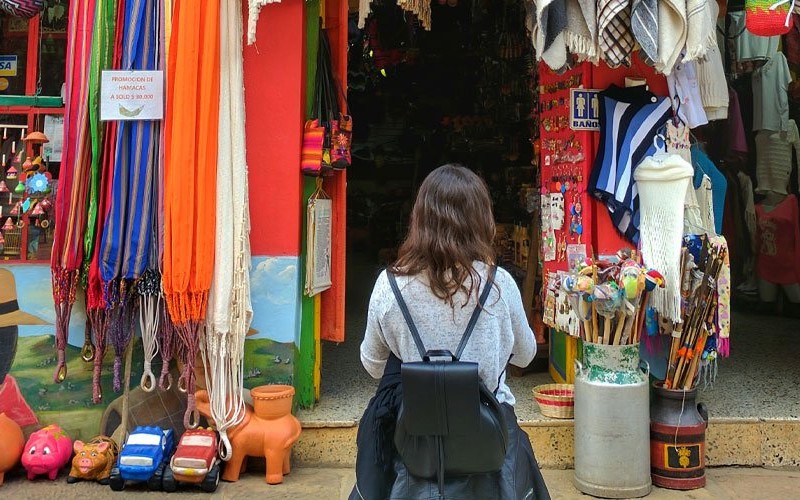May Day 2025: Trump’s Job Cuts Pours Salt on Workers’ Wounds
The U.S. is failing its workers. From almost non-existent paid family leave to lack of healthcare access, to what is now a new wave of unemployment at the hands of President Trump and Elon Musk.










